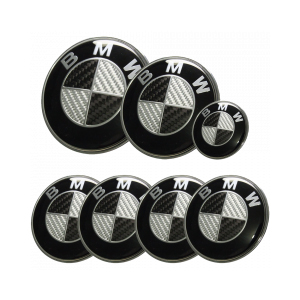Understanding Crankshaft Oil Seal Function and Importance in Engine Performance
Understanding Crank Oil Seals Importance, Function, and Maintenance
Crank oil seals play a vital role in the engine's overall performance and longevity. Located at the junction of the crankshaft and the engine block, these seals are designed to prevent oil leakage and to keep contaminants out of the engine. Over time, the conditions surrounding an engine can take a toll on these seals, leading to potential issues that could compromise the engine's operation. In this article, we will delve into the importance, function, and maintenance of crank oil seals to ensure your engine remains in optimal condition.
What is a Crank Oil Seal?
A crank oil seal is a circular rubber or elastomeric component, usually reinforced with metal. It is installed at both the front and rear ends of the crankshaft. Its primary function is to seal the crankshaft as it rotates, preventing engine oil from leaking out while also keeping dirt, dust, and debris from entering the engine. The integrity of these seals is crucial, as any failure can lead to significant oil loss and potential engine damage.
Importance of Crank Oil Seals
The significance of crank oil seals cannot be overstated. An effective seal ensures that the oil stays contained within the engine, which is necessary for lubrication of vital components such as the bearings and pistons. When these components are properly lubricated, it minimizes friction and wear, which can prolong the life of the engine.
Furthermore, a properly functioning crank oil seal aids in maintaining the correct oil pressure
. Low oil pressure can trigger warning lights on your dashboard and lead to catastrophic engine failure if not addressed promptly. Therefore, keeping an eye on the condition of your crank oil seals can save you from costly repairs and prolong the lifespan of your vehicle.Signs of a Failing Crank Oil Seal
Crank oil seals can wear out over time due to heat, pressure, and exposure to certain chemicals. It’s essential to be aware of the signs that indicate a failing crank oil seal
crank oil seal

1. Oil Leaks One of the most noticeable signs is an oil leak coming from the area where the crankshaft exits the engine. If you notice oil puddles under your vehicle, it's crucial to inspect the seals.
2. Oil Consumption If you find yourself frequently topping up your engine oil, it could be due to leaking seals. This not only affects the engine's performance but can also lead to environmental hazards.
3. Smell of Burning Oil A failing crank oil seal can lead to oil dripping onto hot engine components, creating a burning smell. This is a serious issue that needs immediate attention.
4. Engine Noise Insufficient lubrication due to oil leaks can lead to increased noise from the engine, indicating potential damage to internal components.
Maintenance and Replacement
Maintaining the health of your crank oil seals is critical. Regular oil changes, as recommended by your vehicle manufacturer, can help prolong the life of the seals. Additionally, when performing routine maintenance or repairs on the engine, it’s wise to inspect these seals for any signs of wear.
If you notice any of the signs mentioned above, it's essential to address the issue promptly. Replacing a crank oil seal usually involves removing and reinstalling the crankshaft, which may require professional assistance. Therefore, most mechanics recommend replacing these seals whenever the engine is apart for other repairs.
Conclusion
Crank oil seals are small yet vital components that play an indispensable role in the performance and longevity of your engine. Their function in preventing oil leaks and keeping contaminants at bay cannot be overlooked. By staying vigilant about the state of your crank oil seals and addressing any signs of wear promptly, you can ensure that your engine remains healthy for years to come. Regular maintenance and timely replacement of these seals will go a long way in safeguarding your investment and ensuring a smooth ride.
-
Understanding the Front Main Engine Seal: Purpose, Maintenance, and Installation
News Jul.29,2025
-
Understanding O-Rings and Seal Rings: Types, Applications, and Custom Solutions
News Jul.29,2025
-
Understanding Crankshaft Oil Seals: Rear Seals, Pulley Seals, and Their Role in Engine Integrity
News Jul.29,2025
-
The Importance of Front and Rear Crankshaft Seals in Engine Performance and Oil Management
News Jul.29,2025
-
Crank Oil Seals: Functions, Types, and Cost Considerations in Engine Maintenance
News Jul.29,2025
-
A Comprehensive Guide to O-Rings and Seals: Types, Materials, and Global Applications
News Jul.29,2025
-
Mastering Diesel and Performance Engine Maintenance: A Guide to Critical Oil Gaskets
News Jul.28,2025
Products categories















